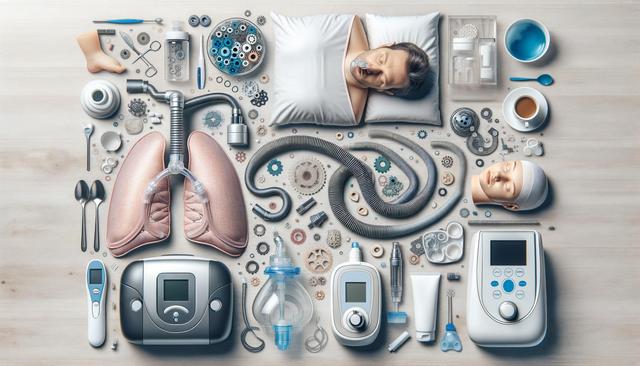Understanding Snoring and Apnea
Snoring and apnea are often thought of as minor annoyances, yet they can have profound effects on health. The consequences of snoring and apnea range from daytime drowsiness to more severe health issues. Most notably, those suffering from Obstructive Sleep Apnea (OSA) experience repeated interruptions in breathing during sleep. This can lead to an array of problems, including cardiovascular issues, cognitive impairment, and metabolic disorders. Understanding the underlying causes and symptoms is crucial for effective treatment.
Recognizing Sleep Apnea Symptoms
Identifying sleep apnea symptoms is the first step toward effective management. Common indicators include chronic snoring, choking or gasping during sleep, and excessive daytime sleepiness. Often, these symptoms are reported by a bed partner rather than the individual experiencing them. Other signs can include morning headaches, difficulty concentrating, and mood changes. For accurate diagnosis, a medical evaluation is necessary, often involving a sleep apnea test. This assessment can provide insights into the severity of the condition and guide treatment decisions.
Diagnosis and the Importance of the Sleep Apnea Test
The diagnosis of sleep apnea typically involves a sleep apnea test, known as polysomnography, which can be conducted in a sleep lab or at home. This test monitors various physiological activities during sleep, including breathing patterns, oxygen levels, and heart rate. The test results are crucial in determining the appropriate treatment pathway. According to the Sleep Apnea ICD 10 classification, the specific type of sleep apnea and its severity are recorded, which aids in tailoring individualized treatment plans.
Treatment Options for Obstructive Sleep Apnea
There are several effective treatment strategies for managing Obstructive Sleep Apnea. The use of a sleep apnea machine, commonly known as CPAP (Continuous Positive Airway Pressure), is among the most effective. Other interventions include lifestyle changes such as weight loss, positional therapy, and nasal decongestants. In some cases, surgery may be recommended to remove excess tissue or to reposition the jaw.
- CPAP machines help by keeping the airway open.
- Lifestyle modifications can significantly reduce symptoms.
- Surgical options are available for more severe cases.
Consequences of Untreated Sleep Apnea
Leaving sleep apnea untreated can have serious health repercussions. The consequences of snoring and apnea without intervention can include an increased risk of cardiovascular diseases such as hypertension and heart attacks. Additionally, untreated sleep apnea can lead to poor mental health outcomes due to chronic fatigue and mood disturbances. It is essential to seek timely medical advice to avoid these potential complications and improve overall quality of life.
Conclusion
Understanding and addressing the symptoms of snoring and sleep apnea is crucial for maintaining good health and quality of life. With appropriate diagnosis and treatment, individuals can manage these conditions effectively. Whether through the use of a sleep apnea machine, lifestyle adjustments, or medical interventions, overcoming the challenges posed by snoring and apnea is achievable. Seeking professional guidance can help tailor a treatment plan that meets individual needs, thereby enhancing sleep quality and overall well-being.
